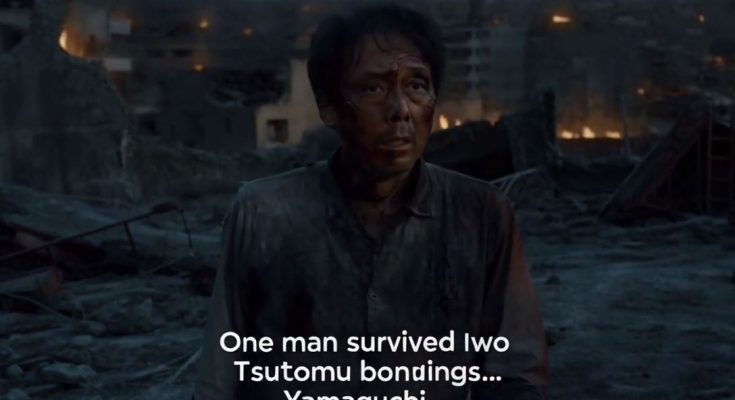In the final days of World War II, the United States dropped two atomic bombs on Japan—forever changing the course of history. The first struck Hiroshima on August 6, 1945, and the second devastated Nagasaki just three days later. Amid the unimaginable destruction, one man lived through both events: Tsutomu Yamaguchi.
Yamaguchi, a 29-year-old naval engineer, had been in Hiroshima on a business trip when the Enola Gay released its deadly cargo. The explosion destroyed much of the city in an instant. Yamaguchi was only a few miles from ground zero, suffering severe burns, temporary blindness, and eardrum damage. Despite his injuries, he managed to survive the chaos and return home to Nagasaki the next day.
Tragically, Nagasaki was not safe. On August 9, as Yamaguchi was recounting his experience to his boss, another blinding flash lit the sky. The second bomb, “Fat Man,” had been dropped. Once again, Yamaguchi found himself engulfed in destruction. Though injured again, he miraculously survived a second nuclear blast—an ordeal few could even imagine enduring once.
In the years that followed, Yamaguchi’s life became a symbol of resilience and survival. He lived until 2010, reaching the age of 93. But his story was not just about endurance. Yamaguchi chose to dedicate his later years to speaking out against nuclear weapons. In 2006, he addressed the United Nations, urging world leaders to prevent the horrors he had witnessed from ever happening again.
His testimony resonated strongly in the United States, where the bombings remain a defining part of history and a subject of deep reflection. American peace groups and nuclear disarmament activists often cited Yamaguchi’s experience as a powerful reminder of the human cost of war. His voice bridged cultures and nations, transforming his personal suffering into a global message of peace.
Today, Tsutomu Yamaguchi is remembered not only as a rare double survivor of atomic warfare but also as a man who turned tragedy into advocacy. His life story continues to inspire peace movements in both Japan and the United States, reminding us of the urgent need to prevent nuclear conflict.
In a world where nuclear weapons still exist, his message remains as vital as ever: humanity must choose peace over destruction.



